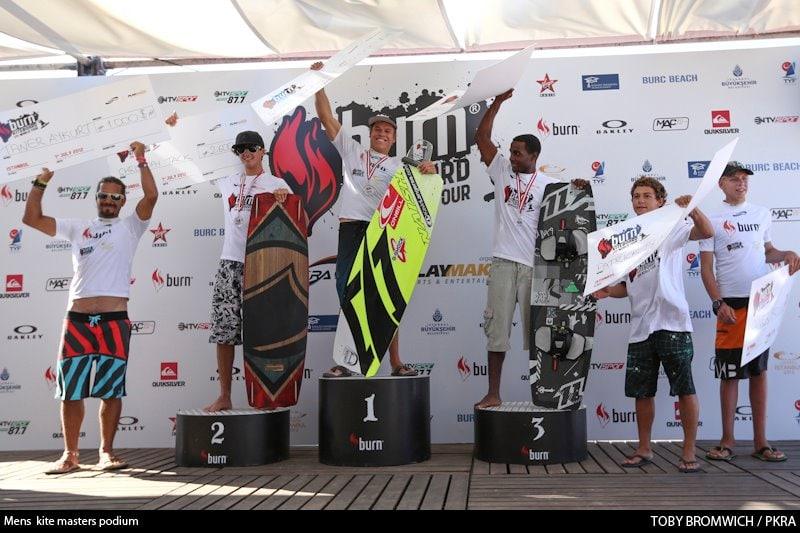
Q&A with Fly Kite Designer, Damien Girardin
Why did you make the FLY?
The Fly idea came from the idea that riding in light wind should be fun. To me, just because the wind is light, you shouldn’t necessarily have to use a kite designed for racing – that is slow turning, heavy and not fun to ride.
What are the benefits of two struts for a light wind kite?
When the wind is light, you want to maximize the ratio of power to weight of the kite. To do that, you want to have as much power with the lightest kite possible. The two struts offer significant weight savings. Think about the amount of dacron and TPU (which are the heaviest materials in a kite) that are saved. At the same time, having no center strut allows the center of the kite to act like a spinnaker. It can expand slightly to harness more wind. The result is that the Fly has the highest power/weight ratio on the market.
How can the FLY be stable when it only has two struts?
In my opinion, adding struts or other things to a kite to add stability means that your original plan was wrong. If you start with the correct platform, then you barely need any struts on the kite. The Fly is the result of years of kite design where I have finally found a way to get a kite nicely balanced and stable. The Fly is a brand new kite that carries with it a legacy of 13 years of kite design!
Why does the FLY turn so fast despite its size?
The Fly is based on the Park platform that is proven to turn fast. To make it even faster, we’ve worked on the bridles to minimize the amount of tension on the lower front bridle. This lets the wing tip area of the kite twist, which in turn allows for maximum twist of the kite. Having only two struts in the kite also allows the kite to twist easily which makes your kite turn. As you can see, we also have only one mini batten in the center front section of the kite. The more mini battens you add, the less the kite can twist and then the kite feels “locked in the air”. By having only one, we achieve what we need out of the mini batten (keeping the foil’s profile clean at low angle of attack) without sacrificing any of the turning speed.
Why is the FLY not stalling/back flying?
We worked hard on the bridles in order to provide the right amount of depower and grunt while making sure the kite would never stall.
Why is the FLY so easy to relaunch off the water in light wind?
The Fly has increased sweep which allows it to rotate easily when on the water. Also, its light weight is key to relaunching in light wind. You just have less weight to get out of the water compared to a kite of similar size with more struts. It also features our anti-stiction windows that help get rid of the water trapped in the wing tip.
Can I use the FLY for racing in light wind?
Well, even though racing was really not our primary goal with this kite, it turns out that all the key features that make the FLY so good in light wind also help make the Fly competitive in light wind!
Check out the photos of the FLY in action…and then the wind stats for that day!




